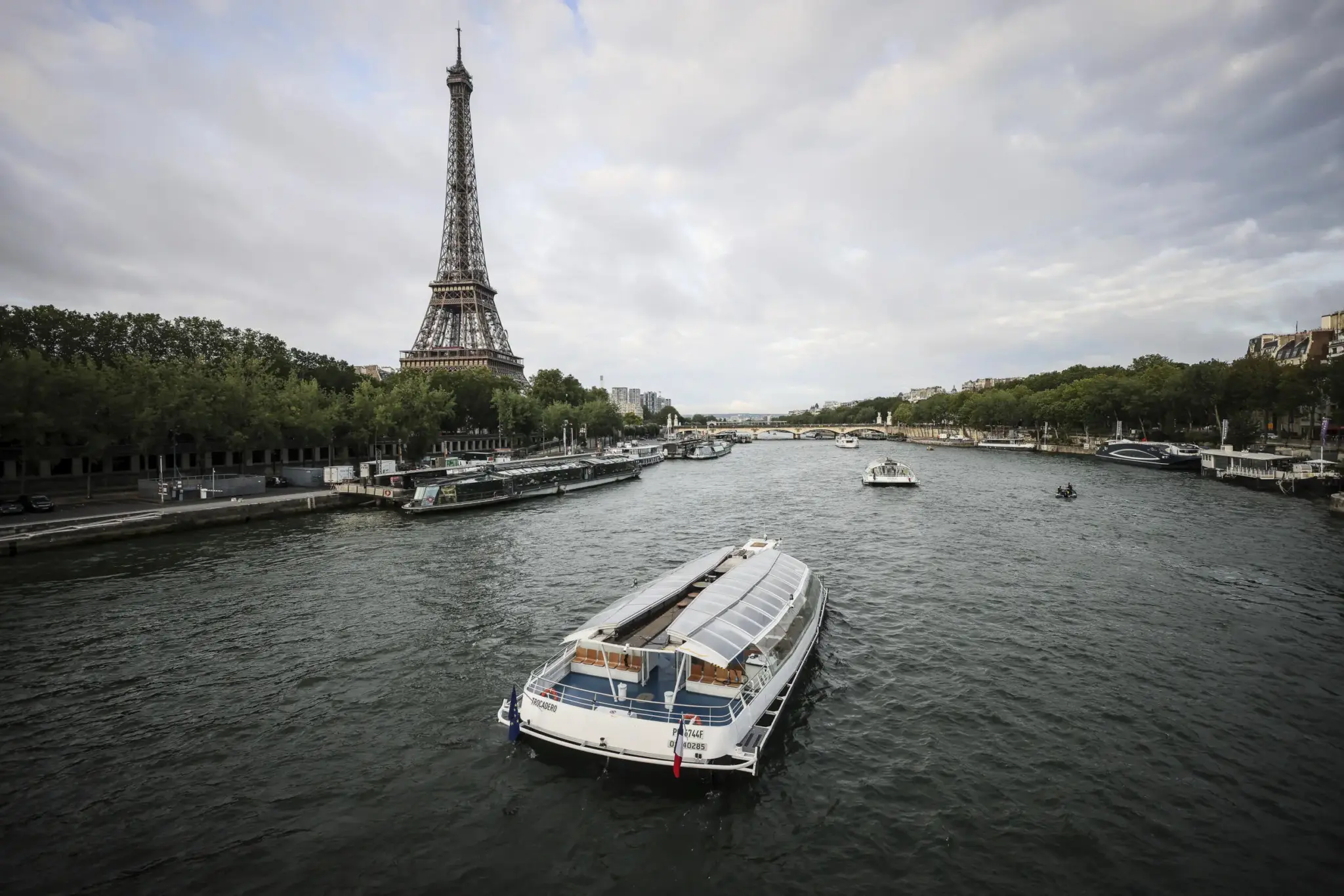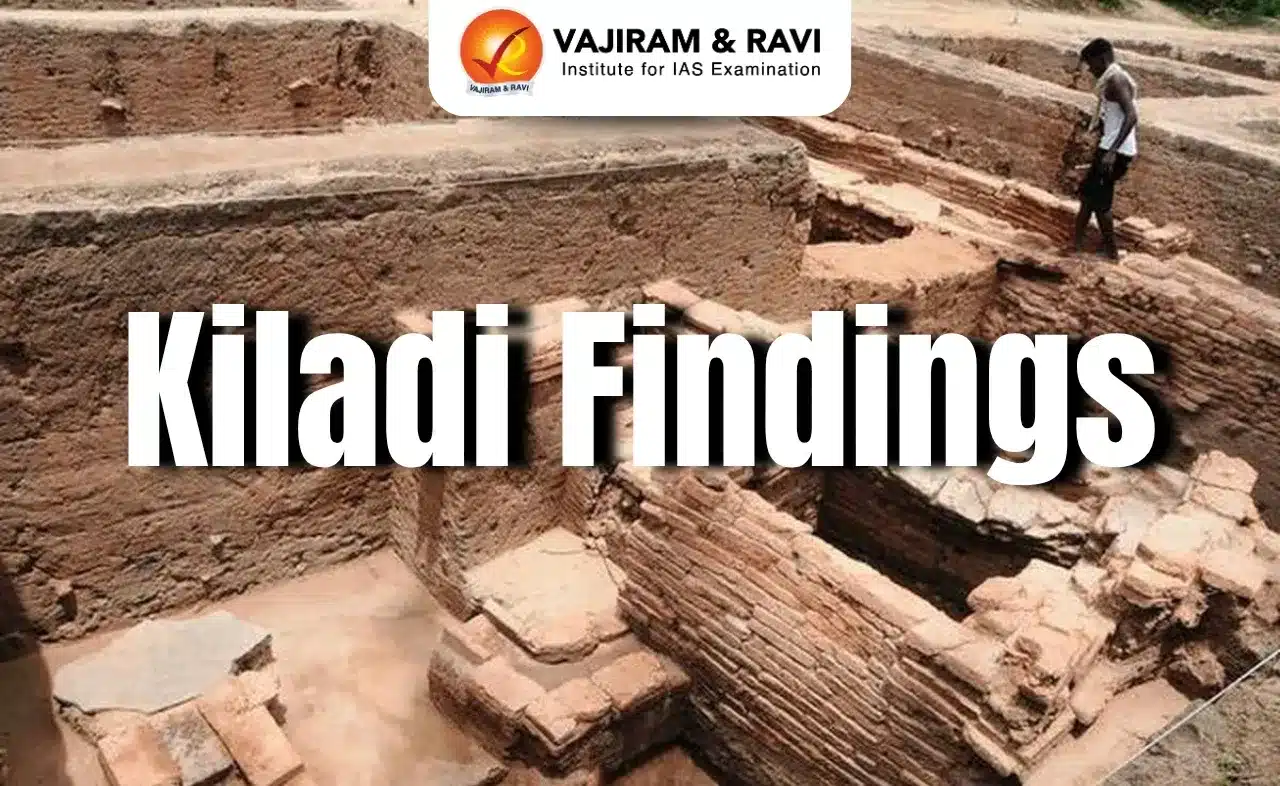About Seine River:
- It is France’s second-longest river after the Loire, covering a distance of 775 kilometers.
- This river has a drainage basin, known as the Paris Basin, of approximately 79,000 square kilometers and drains mainly northern France.
- Course:
- It rises 446 meters above sea level in the wine-making region of Burgundy, near the town of Dijon.
- As the Seine approaches Paris, it is joined by the Marne, one of its largest tributaries, on the right bank.
- It flows through Paris for about 13 kilometers from west to east.
- It finally empties into the English Channel, an arm of the Atlantic Ocean separating northern France and southern England.
- Most of the river basin is formed of permeable rocks, the absorptive capacity of which mitigates the risk of river floods.
- The basin receives modest annual precipitation ranging from 650 to 750 millimeters.
- It is one of Europe’s great historic rivers, and its drainage network carries most of the French inland waterway traffic.
Q1: What is permeability?
The ease with which fluid is transmitted through a rock’s pore space is called permeability. Although a rock may be very porous, it is not necessarily very permeable. Permeability is a measure of how interconnected the individual pore spaces are in a rock or sediment. A sandstone is typically porous and permeable. Shales are porous but have a lower permeability because the finer grain size creates smaller pore spaces.
Source: Seine River in Paris still too polluted for Olympic events as opening ceremony looms
Last updated on June, 2025
→ UPSC Notification 2025 was released on 22nd January 2025.
→ UPSC Prelims Result 2025 is out now for the CSE held on 25 May 2025.
→ UPSC Prelims Question Paper 2025 and Unofficial Prelims Answer Key 2025 are available now.
→ UPSC Calendar 2026 is released on 15th May, 2025.
→ The UPSC Vacancy 2025 were released 1129, out of which 979 were for UPSC CSE and remaining 150 are for UPSC IFoS.
→ UPSC Mains 2025 will be conducted on 22nd August 2025.
→ UPSC Prelims 2026 will be conducted on 24th May, 2026 & UPSC Mains 2026 will be conducted on 21st August 2026.
→ The UPSC Selection Process is of 3 stages-Prelims, Mains and Interview.
→ UPSC Result 2024 is released with latest UPSC Marksheet 2024. Check Now!
→ UPSC Toppers List 2024 is released now. Shakti Dubey is UPSC AIR 1 2024 Topper.
→ Also check Best IAS Coaching in Delhi






















